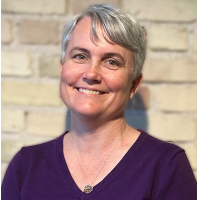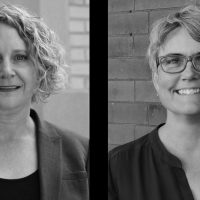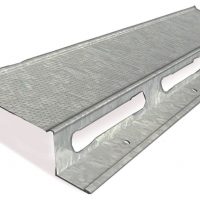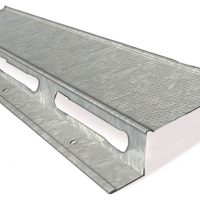Sounding Off: Our Blog
Thoughts, insights, and perspectives on the latest news, trends, and issues regarding architectural acoustics, environmental and industrial noise and vibration, and audiovisual systems design.

Meet the Consultant | Quincey Smail
Quincey Smail has worked in acoustics at ABD Engineering & Design since 2016. He is an acoustical consultant, based in Grand Rapids, MI with a Master of Engineering in acoustics from Penn State.

Hospitality Design – Ask The Acoustic Expert
The online magazine, Hospitality Design, has a new Ask The Acoustic Expert article, covering three key questions with ABD’s Principal Engineer, Melinda Miller.

Building Vibration
Building vibration can impact user experience, and is largely preventable during design, or potentially mitigated later, with help from a vibration consultant.

Long-Time Leaders Become New Owners of ABD Engineering & Design
Long-Time Leaders Principal Engineer Melinda Miller and Chief Operating Officer Marci Boks have purchased ABD Engineering and Design, one of North America’s leading independent acoustical consulting and AV design firms.

Infrastructure Planning Now and Then | Everything Old is New Again
Infrastructure planning now and then: everything old is new again as we learn planning lessons from 50 years ago, for the next 30 years.

Best and Brightest West Michigan
ABD Engineering & Design has been awarded the Best and Brightest Companies to Work For® in West Michigan for the fifteenth year in a row.

Classroom Display Technology
Classroom display technology is constantly evolving; bending to how students learn. How do today’s teachers use displays in the classroom to improve education?

Fiber Optic Cabling
Fiber optic cabling has been part of the audiovisual infrastructure for years. No longer cost-prohibitive, fiber is now a key part of AV-over-IP solutions.

Resilient Channel in Design
Resilient channel (RC) is a popular option in acoustic design and construction. While RC promises a huge positive effect on the acoustical performance of a wall, facade, or floor/ceiling, the reality can be disappointing, even failing to meet code.

Resilient Channel Installation
Resilient channel (RC) is a popular option in acoustic design and construction. While RC promises a huge positive effect on the acoustical performance of a wall, facade, or floor/ceiling, the reality after installation can be disappointing, even failing to meet code minimum for multi-family housing projects.